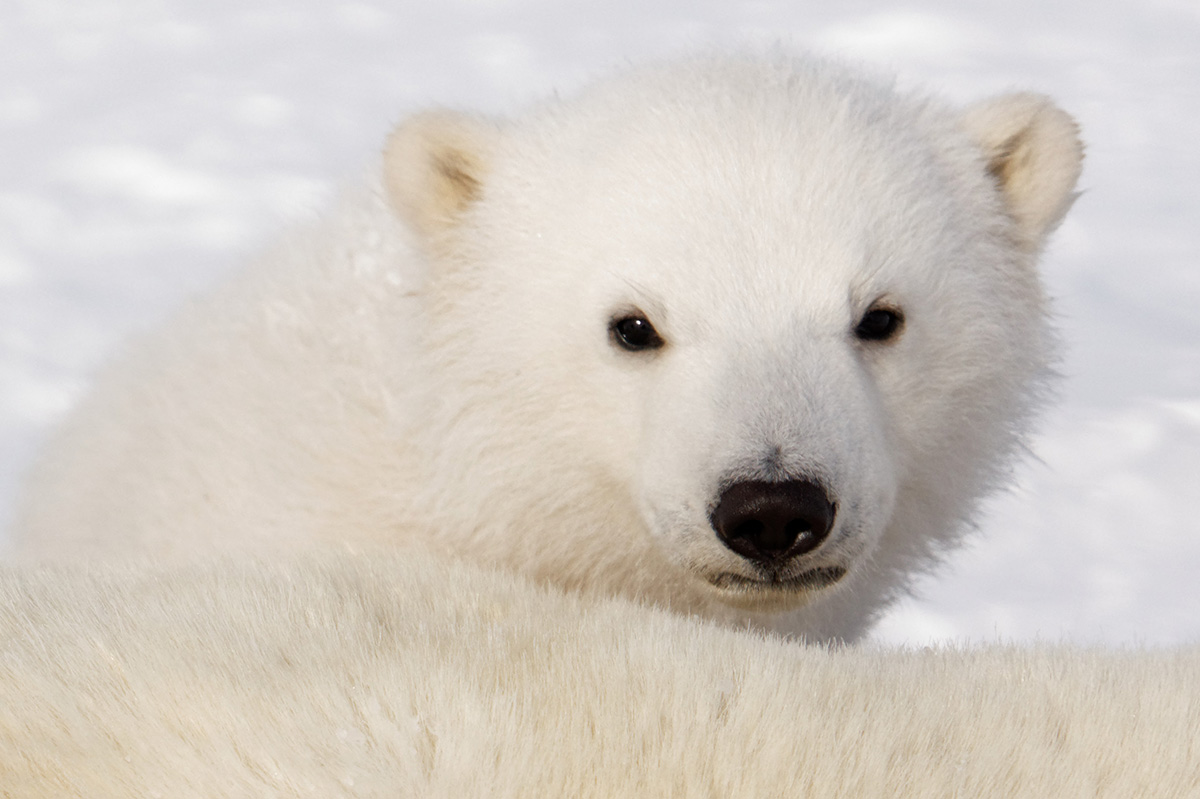
Polar bears may have gotten smaller due to climate change affecting food sources and melting ice. Photo credit: Rene Malenfant
Polar bear genetics shine light onto how their evolution was influenced by climate change, according to a new study by University of Alberta biologists.
"To determine how bears might respond to climate change evolutionarily, one of the first steps we need to take is to determine the heritability of body size," said Rene Malenfant, who completed his Ph.D. student at the University of Alberta in 2016 and authored the study.
The study examined 4,449 polar bears in the Western Hudson Bay area and measured four body sizes of the polar bears: body length, head length, head width, and body circumference measured under the armpits. From these measurements, the researchers were able to determine that 18 to 48 per cent of the variations in body size were caused by genetic variation.
Researchers of Environment and Climate Change Canada have been monitoring the Western Hudson Bay polar bears since the 1960's, and taking body size measurements anytime a bear is captured. Through this monitoring, polar bears from this area have been observed to be declining both in body size and condition (fatness), which is thought by the researchers to be as a result of less ice and fewer prey due to climate change. However, by understanding this genetic variation in polar bears, it gives the researchers-and future researchers-the potential to understand how these bears may be able to adapt to climate change.
"Polar bears are very plastic, meaning they show a lot of non-genetic adaptation," explained David Coltman, co-author on the study and professor in the Department of Biological Sciences. "Some things, like their foraging patterns or movement patterns, can change very quickly. The problem is when the rate of environmental change exceeds their capacity for those kinds of changes, then they are up against something that's very, very difficult."
Understanding genetic structure and adaptive genetic variation in polar bears may be a means to an end with regards to helping managers in the decisions they make when managing polar bears, said Corey Davis, who has been heading the recent polar bear genetics research with the University.
"Long-term handling projects such as the ongoing Western Hudson Bay polar bear project are indispensable for our understanding of ecology and evolution and for determining how best to conserve species," said Malenfant.